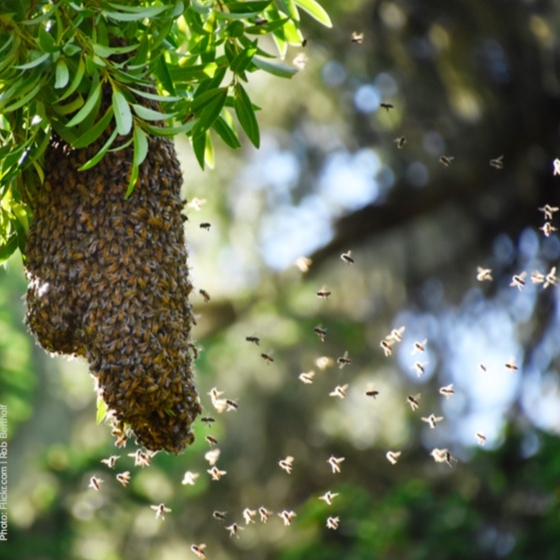Energy Efficiency Inspired by Swarm Behavior
Swarming as exhibited by bees makes complex behaviors possible through simple rules
Simple Rules of Swarm Behavior
Have you ever seen a school of fish or flock of birds move in what seems to be perfect synchronicity? It's amazing that these organisms are able to move together so gracefully and responsively without an apparent 'leader.'
In nature, this is called swarm behavior and it works thanks to simple rules. These simple rules are instinctive behaviors triggered under specific circumstances. For example, when swimming or flying to maintain a specific distance, no more and no less, from your neighbor. Following these simple rules allows an entire group of individuals to accomplish highly sophisticated tasks, such as hunting, navigation, and resource sharing.
Encycle mimics swarm behavior to automate complex energy management tasks
energy management algorithm inspired by swarms
It was this phenomenon in nature that inspired a team at Encycle to create technology that would help increase energy efficiency. Encycle's patented Swarm Energy Management system uses a software algorithm and wirelessly communicating control units to mimic the swarm intelligence of a beehive in order to schedule attached loads, such as different rooftop mounted HVAC units, in the most efficient way.
By mimicking nature’s genius, the Encycle system enables customers to shave of expensive and environmentally damaging peak demand, participate in utility demand response schemes and unlock valuable incentives, and realize energy savings through intelligently “smoothing out” energy demand.
Download full case study
Share this example of biomimicry with your networks and start innovating with an inspiration from nature of your own!
+ Bonus!
Presentation slides to share this biomimicry story with your audiences
Biomimicry Case Study
ENCYCLE
Case study researched and written by
Biomimicry Advisory Services (BAS) is an independent financial market research and advisory organization that provides strategic advice and ongoing intelligence on emerging biomimicry technologies. BAS is a project initiative of Biomimicry Switzerland.
Spread the Seeds of Biomimicry
If you like what you see here, share it with other creative problem solvers in your networks.






